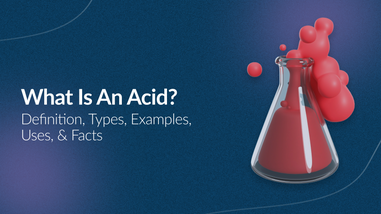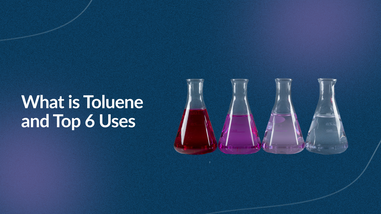- No products in the cart.
Cyclohexanone is a chemical widely used as an organic solvent for many purposes. It’s an organic compound consisting of six carbon cyclic molecules with a ketone functional group. It occurs naturally in crude oil but also is manufactured synthetically. It’s one of the major ingredients in the production of nylon.

It’s a colorless oily liquid that assumes a pale yellow color over time. It’s less dense than water but the vapors are heavier than air. Cyclohexanone is completely miscible with common solvents and reacts with oxidants such as nitric acid. It’s also known as pimelic ketone, cyclohexyl ketone, oxocyclohexane, and CYC.
Cyclohexanone Chemical Properties
The following are the chemical properties of cyclohexanone:
- Chemical formula: C6H10O
- Molar mass: 98.15 g/mol
- Density: 0.9478 g/mL
- Melting point: -31 °C/-49 °F
- Boiling point: 155.6 °C/312 °F
- Appearance: Colorless to pale yellow
- Odor: Peppermint and acetone
- Solubility in water: 8.6 g/100 mL (20 °C)
Uses of Cyclohexanone
Cyclohexanone is found in many consumer products and is used as a solvent. The following are some of the uses for cyclohexanone:
Products:
1. Adhesives
2. Automotive
3. Cleaning and furniture care products
4. Electronics
5. Paints
6. Photo chemicals
7. Polyesters and synthetic resins
Solvent:
8. Cellulose acetate
9. Crude rubber
10. Degreasers
11. Lacquers
12. Paints
13. Polymers and copolymers
14. Resins
15. Spot removers
16. Waxes
It’s also found in the manufacturing of:
17. Herbicides
18. Antihistamines
Cyclohexanone Hazards
Cyclohexanone is a hazardous organic chemical compound. Care needs to be taken when handling as it can be dangerous. Repeated skin contact or exposure causes dermatitis. To prevent skin irritation, chemical resistant gloves should be worn when handling this chemical.
If inhaled, the product will irritate the respiratory system. The irritation in the nose and throat can cause coughing and wheezing. Exposure can also cause headaches, dizziness, lightheadedness, and passing out.












































